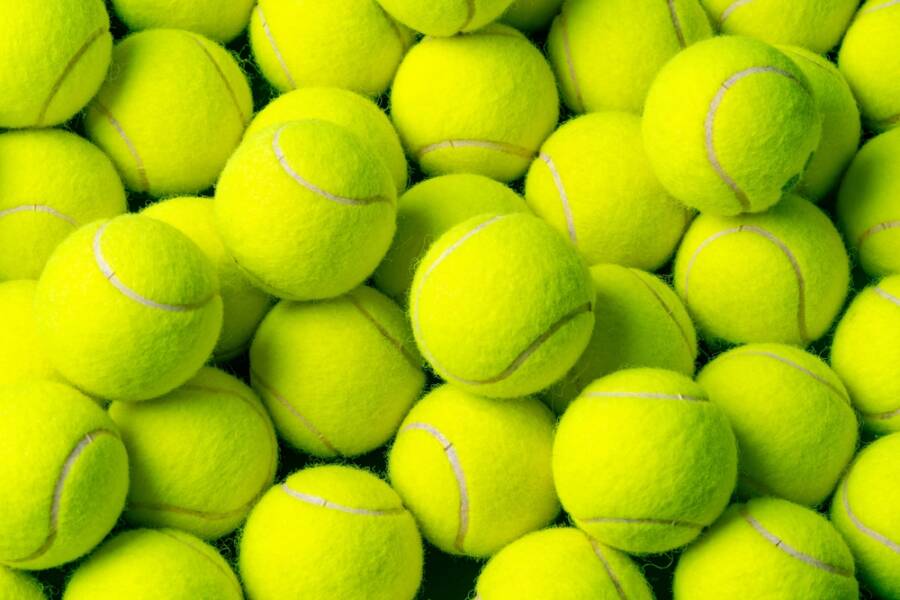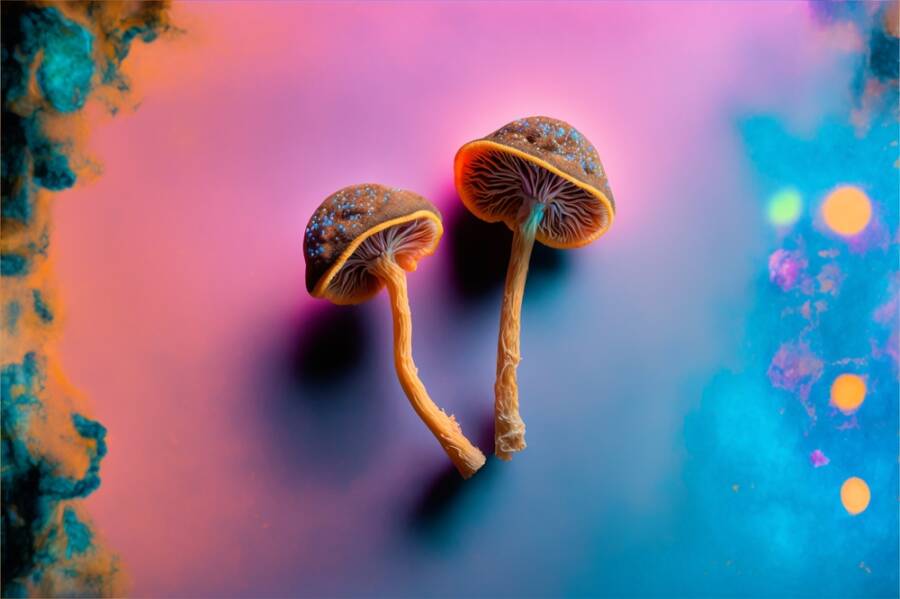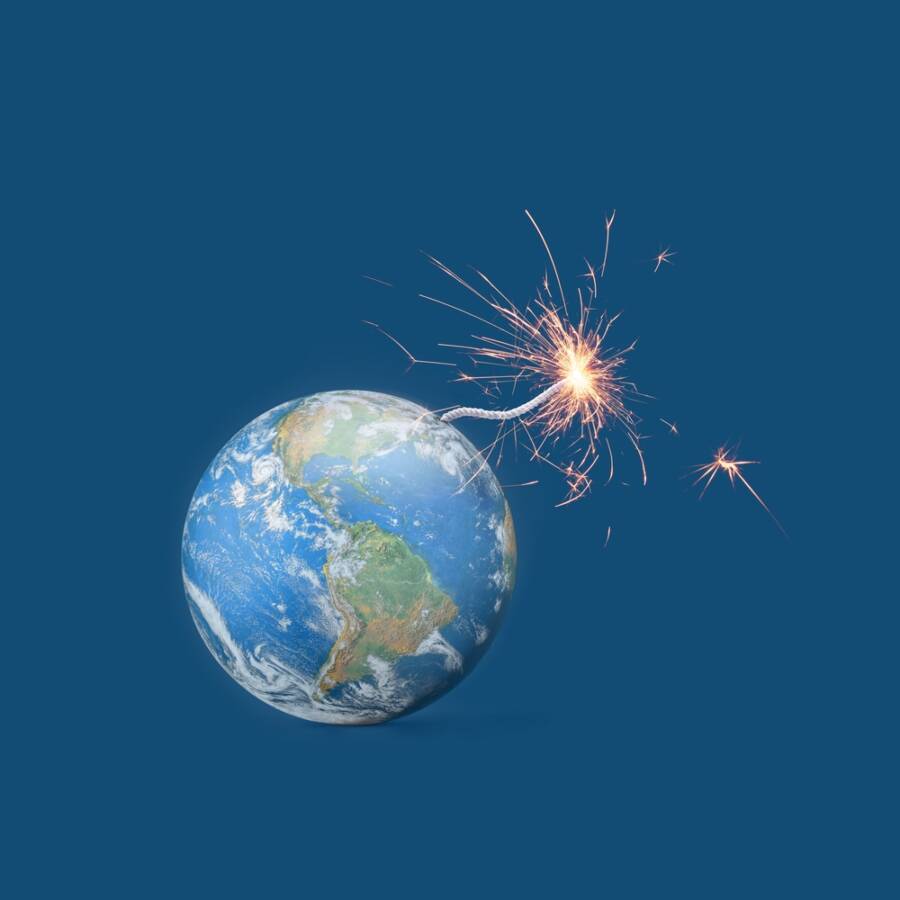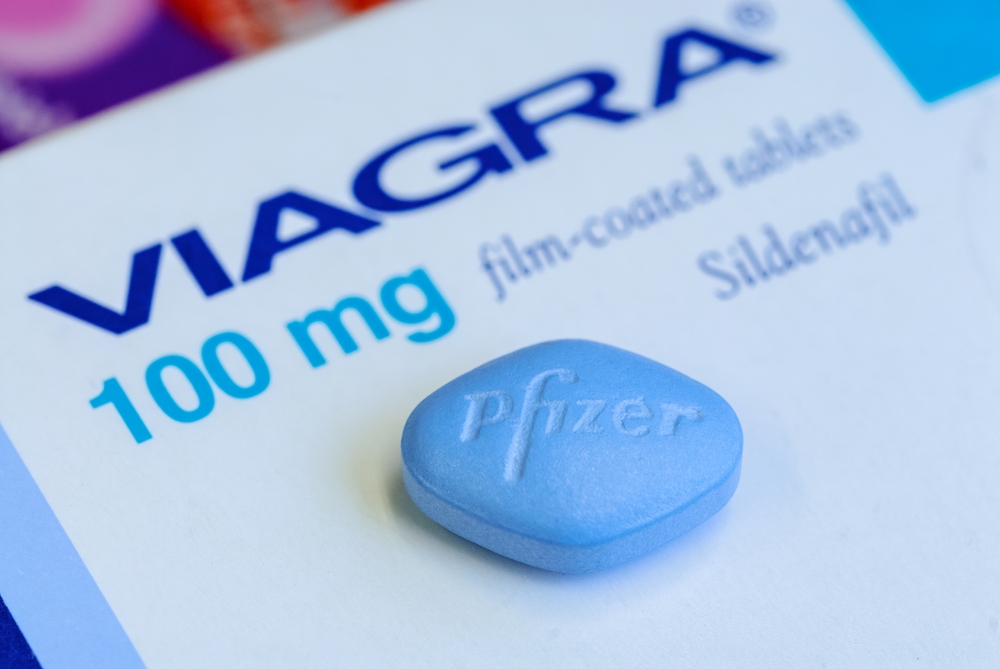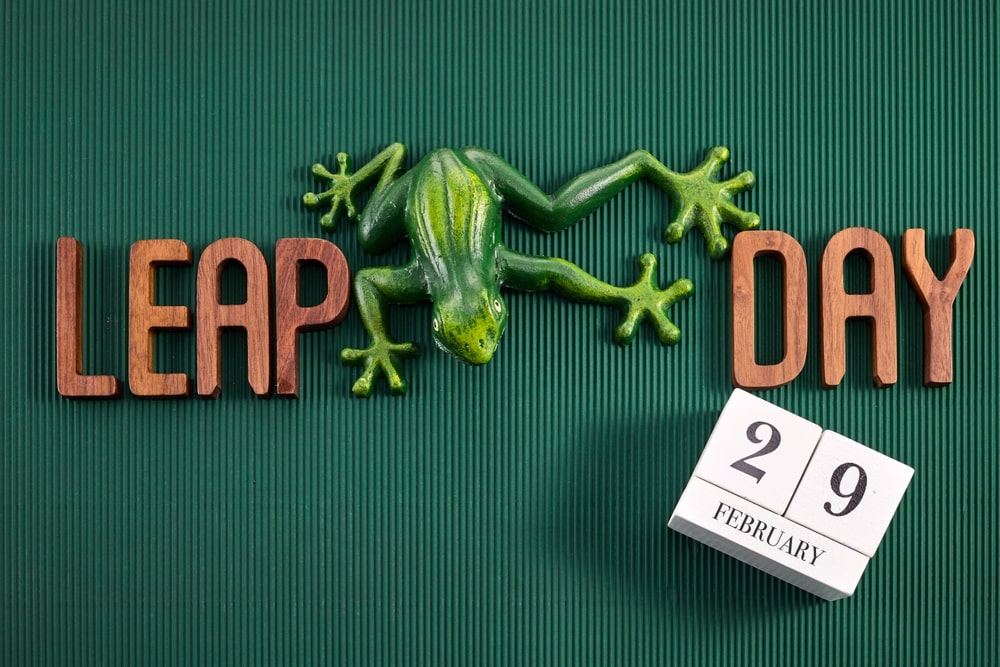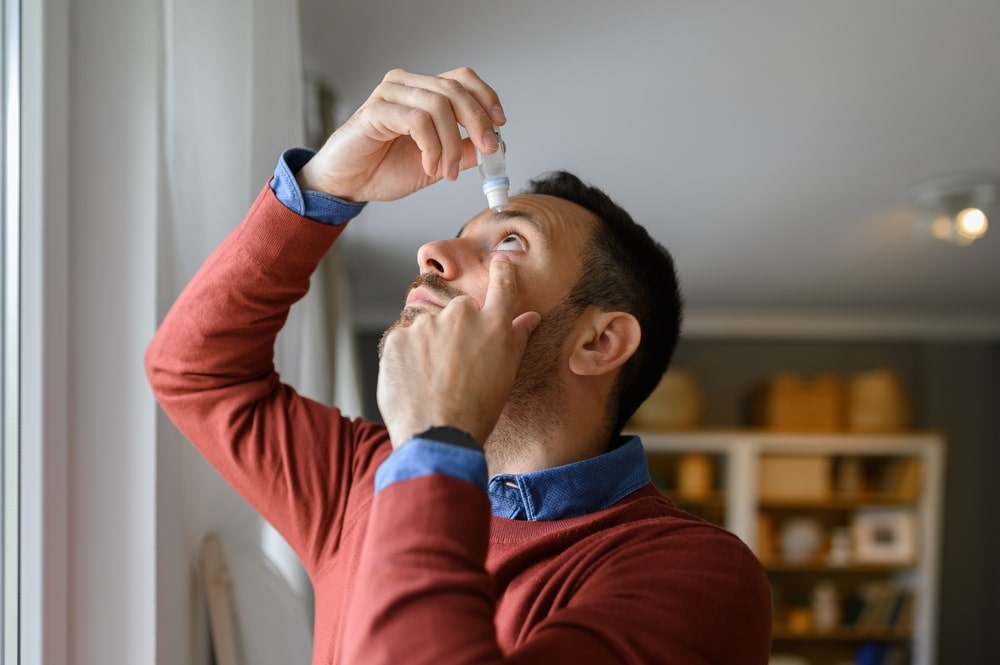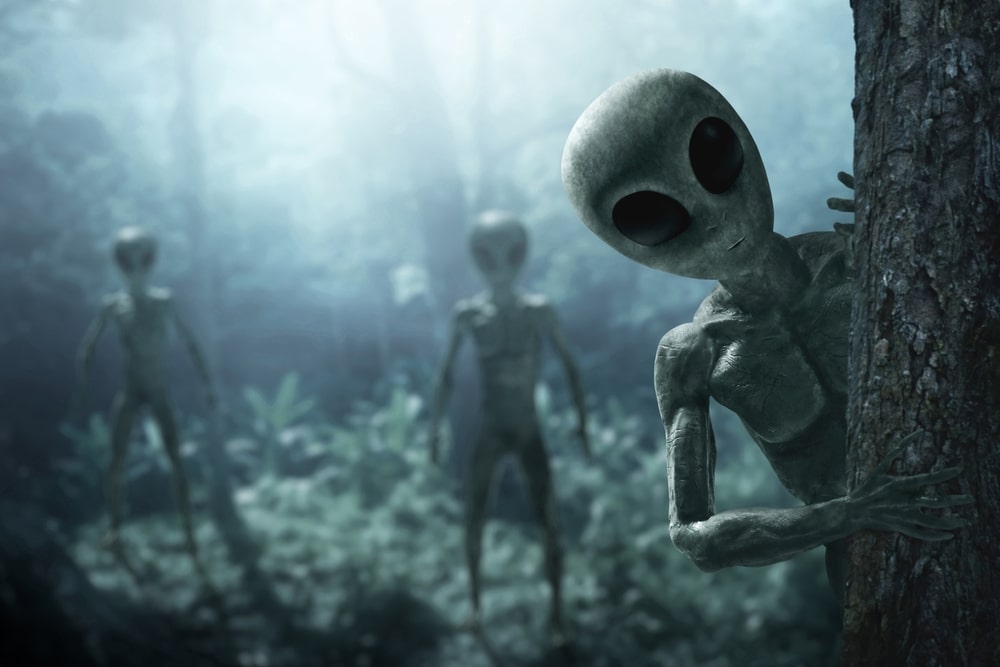The National Aeronautics and Space Administration, or NASA in short, the US government agency that runs the US civilian space program, has done some pretty cool feats since its inception in 1958.
From exploring the surface of Mars with unmanned robotic vehicles to defeating the Soviet Union in the race to send astronauts on the moon, it’s no surprise that NASA employs an incredible brain trust of engineering and scientific talent in a wide array of fields, from physics and astronomy to biology, chemistry, and materials science.
But here are some awesome NASA discoveries that you probably didn’t know were made by the government agency and that completely changed our lives. In fact, the NASA workforce is so ingenious that many of its inventions are now widely used by those of us who stay on the ground.
The list of those awesome NASA discoveries is certainly long, but if we have to choose a few favorites, these 7 would definitely top the list!
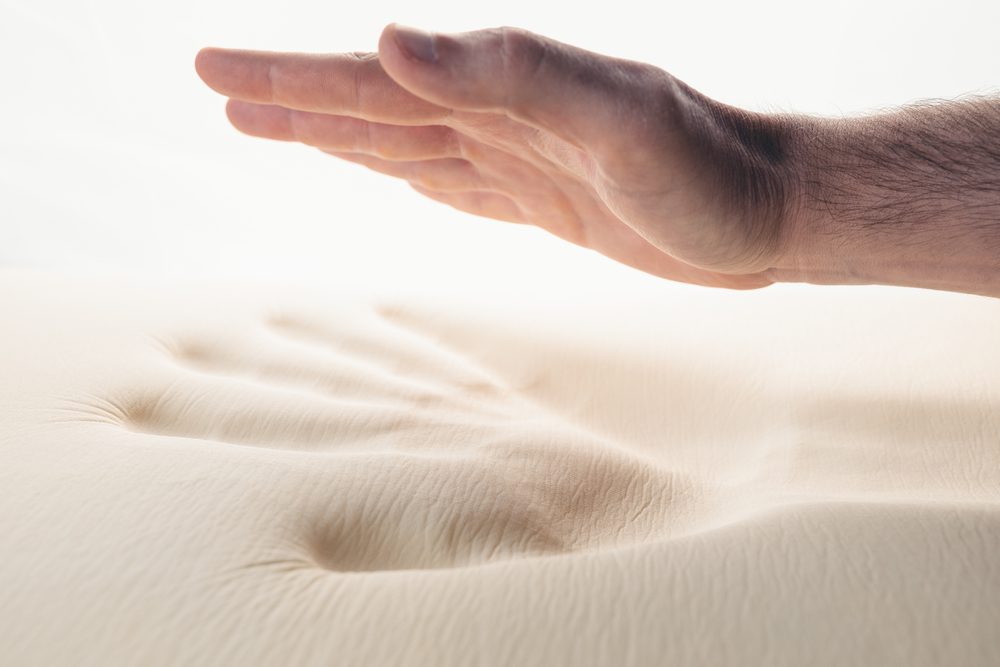
1. Memory foam
The first entry on our list of awesome NASA discoveries that changed our lives is memory foam. If you have a comfortable pillow or mattress with memory foam, you should thank NASA for it. But how was it invented?
In the early 1960s, Charles Yost, an aeronautical engineer, worked on technology meant to ensure that the Apollo command module and its astronauts could be recovered safely after landing. A couple of years later, Yost was required to help develop airplane seating that could absorb the energy of crashes and boost passengers’ chances of survival.
He created a unique type of foam that had the miraculous ability to deform while absorbing tremendous pressure and then return to its initial shape. Now that’s one of the most awesome NASA discoveries!
2. ArterioVision
Since the mid-1960s, experts in the image processing lab at one of NASA’s labs have been working to improve video imaging software so that they can turn space probe data into high-resolution images of planets and other celestial objects. Little did researchers know that their work would turn into one of the most awesome NASA discoveries.
A few decades later, medical researchers started to apply some of NASA’s software innovations to take a look not into the sky but into patients’ circulatory systems for signs of certain diseases, especially atherosclerosis, in which buildups of fat narrow the arteries, causing strokes and heart attacks.
The innovative technology was later licensed and became known as ArterioVision software. Paired with ultrasound technologies, this invention can detect signs of heart disease at very early stages, when they would typically go undetected by conventional tests.
3. Cochlear implants
Next on our list of awesome NASA discoveries are cochlear implants, which have truly changed the lives of those who need them! In the late 1970s, Adam Kissiah Jr., a hearing-impaired NASA engineer, knew all too well that conventional analog hearing aids weren’t exactly good at doing their job. According to experts, they only amplified the sound entering the ear without clarifying it.
Aiming to solve the issue, Kissiah Jr. came up with an innovative concept: an implant that would generate digital pulses to stimulate the auditory nerve endings, which would then send the signals to the brain.
That’s how one of the most awesome NASA discoveries was made. People who’ve been deaf since birth and use these devices can now hear for the first time. The magnificent concept can also restore hearing for those with a responsive auditory nerve who’ve lost hearing due to disease or trauma.
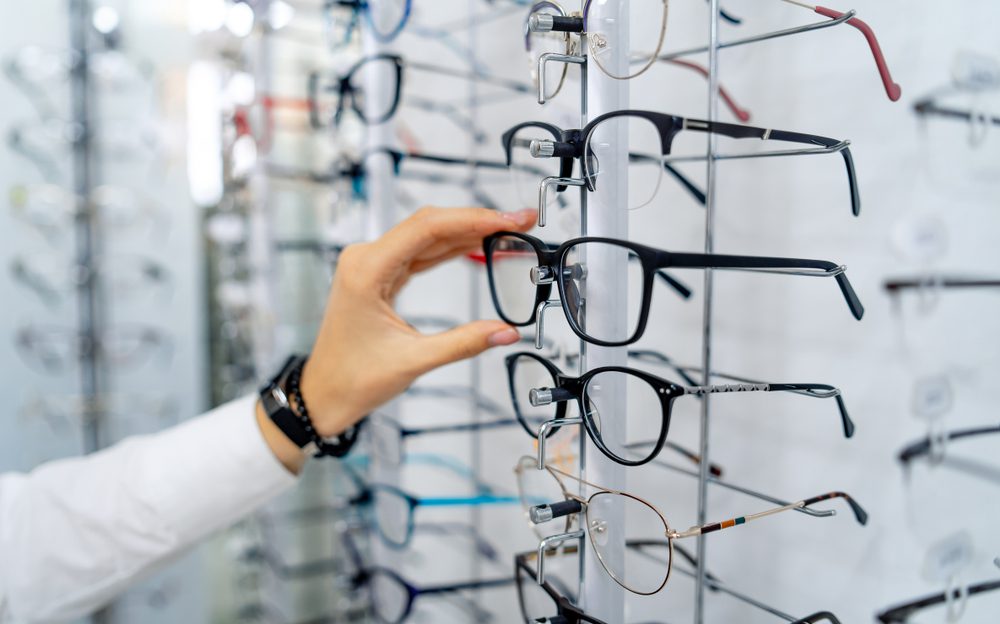
4. Scratch-resistant eyeglass lenses
The next entry on our list of awesome NASA discoveries is something that you may also own: scratch-resistant eyeglass lenses. Although it may seem hard to believe, there was a time when eyeglasses were completely made of glass.
As you can imagine, they were heavy, but there was one more inconvenience: if the person wearing them was hit with an object,the lens would obviously shatter and spew vision-threatening shards of glass.
For that very reason, in the 1970s, the US Food and Drug Administration required that all sunglasses and prescription lenses be shatter-resistant. That’s how lens manufacturers were compelled to shift to more durable plastic.
Plastic absorbed ultraviolet light better and provided better optics, but there was one issue: plastic lenses were annoyingly easy to scratch. That’s where NASA scientist Ted Wydeven came in. Using a thin plastic film, he developed an abrasion-resistant coating for space helmet visors, which was eventually commercialized by Foster-Grant, the sunglasses manufacturer.
Keep reading to discover other awesome NASA discoveries!
5. Insulin pump
What do NASA and diabetes have in common?
Well, to begin with, the agency has made treating the condition easier thanks to experts working on the Mars Viking spacecraft. Back in those days, the idea of traveling farther into space presented challenges in monitoring astronauts’ health, so the team decided to find new ways to solve this issue.
As a result, medical experts created implanted devices to treat individuals with type 1 diabetes. This innovation helps monitor a person’s blood sugar levels by sending signals to release insulin into their body when needed. The technology, known as an insulin pump, has helped people living with diabetes since the late 1980s.
As one of the most awesome NASA discoveries, the device differed from previous insulin dispensers in that it offered people a pre-programmed rate that could be adjusted based on the person’s needs.
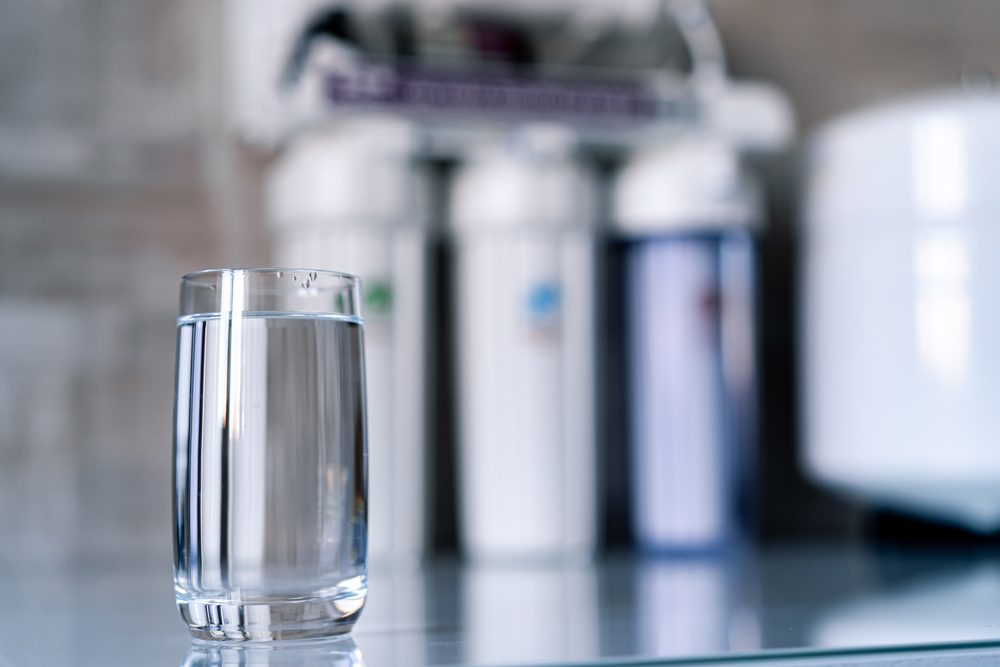
6. Water filters
Yes, water filters are also among the awesome NASA discoveries that changed our lives. Even though astronauts do their difficult jobs miles away from the globe’s surface, they still rely on essential necessities we may take for granted. Let’s take clean water, for example. How does the agency ensure that the water astronauts drink is safe?
That’s exactly the question that spurred NASA to create special water filters in the 1970s to ensure astronauts had clean water in space. Working with Umpqua Research Company, the agency produced filter cartridges that use iodine to clean the water from the shuttles.
The innovative technology, called the Microbial Check Valve, became extremely popular and started being used to clean water for municipal water plants. Moreover, it has paved the way for crafting other methods to filter the resource for human consumption. Such filters became indispensable in areas where chemicals had contaminated groundwater supplies.
7. Invisible braces
Another invention you probably wouldn’t expect to find on a list of awesome NASA discoveries is invisible braces. For adults that want a perfect smile without the metal contraption required, the invisible braces are the result of NASA Advanced Ceramics Research work with a company called Ceradyne.
The innovation was initially meant to provide protection for the infrared antennae on heat-seeking missile trackers. The braces were made of a translucent material called polycrystalline alumina, which is a ceramic stronger than steel with smooth, round properties to prevent breakage.
In the late 1980s, dental companies were trying to come up with a strong, transparent material that could be effectively used for teeth-straightening treatments. After figuring out that this material could be an option, they worked with the agency to create one of the most awesome NASA discoveries.
In 1987, the first invisible bracket braces were launched on the market and have been in high demand around the world ever since.
By the way, if you’re a NASA enthusiast, you need to have this book in your personal library!
If you liked our article on awesome NASA discoveries, you may also want to read The Magical Milky Way: 9 Most Amazing Discoveries You Should See.

